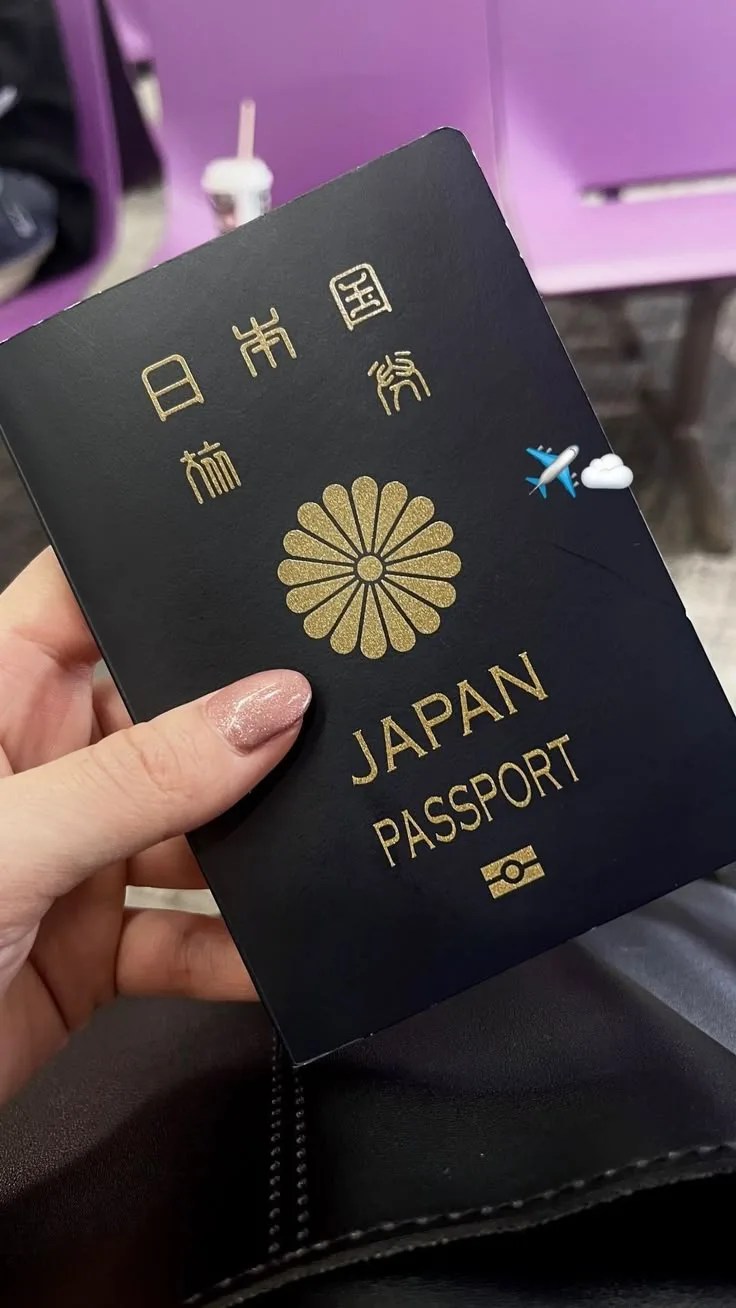Japan’s High-Tech Welcome Mat Just Got Bigger
If you’re an AI engineer, robotics developer, data scientist, or software wizard dreaming of sushi and smart cities—Japan just rolled out the red carpet for you. In 2025, the country launched Talent Visa 2.0, an upgraded, fast-tracked immigration pathway for highly skilled tech professionals.
And it’s not just a rebrand—it’s a radical rethink of how Japan attracts top global talent.
Let’s dive into what’s new, how it works, and why this might be your chance to live and innovate in the Land of the Rising Tech.

Table of Contents
- What’s New in Talent Visa 2.0?
- Why Japan? Why Now?
- Eligibility Requirements (2025 Version)
- How to Apply (Step-by-Step)
- Life in Japan as a Tech Expat
- Housing, Language & Integration
- How Japan Supports Tech Immigrants
- Workplace Prep with AI Coaching
- Why Talent Visa 2.0 Is a Game Changer
- Conclusion: If Not Now, When?
- FAQs
What’s New in Talent Visa 2.0?
1. AI & Robotics Priority Track
Japan’s Ministry of Economy, Trade, and Industry has launched a new “Future Innovators Priority Scheme” for professionals in:
- Artificial Intelligence
- Machine Learning
- Cybersecurity
- Quantum Computing
- Robotics Engineering
- Sustainable Tech
If you work in these fields, your application skips the queue.
2. Points-Based System Reworked
Under the revised Highly Skilled Professional (HSP) visa, you now get:
- Extra points for tech degrees from top universities
- Bonus for AI certifications from platforms like Coursera or Udacity
- Recognition of real-world project experience over academic titles
Score 70+ points, and you’re on the fast track to residency.

3. Work & Live Flexibility
Talent Visa 2.0 holders can:
- Change employers without reapplying
- Work remotely within Japan
- Bring spouses on open work permits
- Apply for permanent residency in just one year
Yes—one year.
Why Japan? Why Now?
Tech Talent Crisis
Japan is facing a shortage of over 800,000 IT professionals by 2030. That’s not a typo. And they’re ready to pay well—senior AI roles start at ¥11M/year (~$72,000 USD).

Innovation Ecosystem
From autonomous vehicles in Tokyo to smart agriculture in Hokkaido, Japan is doubling down on smart tech. Imagine living in a country where your work actually shapes the future.
Eligibility Requirements (2025 Version)
- Bachelor’s or Master’s Degree (preferably STEM or related fields)
- Proven work experience (3–5 years preferred)
- Salary minimum: Around ¥5 million/year
- Portfolio of tech projects or GitHub contributions
- Optional: Language proficiency, though English-speaking firms are rising
How to Apply (Step-by-Step)
1. Calculate Your HSP Points
Use the official HSP calculator on Japan’s immigration portal. Pro tip: Add certifications like Google AI, AWS, or Quazel language modules to your CV.

2. Submit Documents Digitally
Thanks to Japan’s new Digital Immigration Portal, all docs can be uploaded online.
- Resume (English & Japanese if possible—use Grammarly to polish)
- Certificates
- Job offer or intent letter
- Personal statement (Why Japan?)
3. Interview & Approval
If you’re under the priority AI/Robotics track, you could get approved in less than 30 days.
Life in Japan as a Tech Expat
Top Cities for Tech Workers
- Tokyo: The Silicon Valley of Asia
- Fukuoka: Startup-friendly city with visa support
- Osaka: Great for hardware engineers & robotics pros
- Nagoya: Manufacturing tech hub

Work Culture Shift
Yes, Japan used to have a hardcore hustle rep. But now, tech startups and global companies offer:
- Flexible hours
- Hybrid work
- English-speaking teams
- Mentorship programs (check out Speeko for public speaking help)
Housing, Language & Integration
Language Tools for Everyday Life
- ELSA Speak: Pronunciation help with Japanese phrases
- Quazel: Practice Japanese in real-world AI simulations
- HelloTalk: Chat with native speakers
- DeepL Translate: Top-notch alternative to Google Translate
Housing Tip
Use sites like GaijinPot or OYO Life Japan for foreigner-friendly rentals—no guarantor needed.

How Japan Supports Tech Immigrants
Japan is stepping up:
- Startup Visa Support in 10+ cities
- Fast-track spouse work permits
- AI Centers of Excellence where you can research, teach, or build
- Mentorship Hubs: Check out Tokyo Tech Meetups and AI Japan Slack groups
Workplace Prep with AI Coaching
Use ChatGPT to simulate interviews or generate cover letters. Combine it with Speeko to fine-tune your communication skills. First impressions matter—even in the metaverse.
Why Talent Visa 2.0 Is a Game Changer
Japan doesn’t just want foreign workers—it wants future-shapers.
With AI and robotics baked into their national growth plan, this visa isn’t a footnote. It’s the main highway to living, working, and thriving in one of the world’s most technologically advanced societies.

Conclusion: If Not Now, When?
You’ve got the skills. Japan has the opportunity. Talent Visa 2.0 in 2025 is your chance to be part of something bigger—designing the future in a country already living in it.
And who knows? You might just invent the next big thing… from a cozy café in Shibuya.
FAQs 
1. Do I need to speak Japanese fluently?
No, but knowing the basics helps. Many companies now operate in English.
2. Is remote work allowed on this visa?
Yes. You can work remotely for a Japanese company or even your own global clients—legally.
3. Can this lead to citizenship?
Eventually, yes. After permanent residency, you can apply for citizenship under standard rules.
4. Can fresh graduates apply?
If you meet the point threshold, yes. Having a job offer or advanced degree helps.
5. Can my spouse work in Japan too?
Yes. The spouse visa now includes open work rights under the Talent Visa 2.0 scheme.




